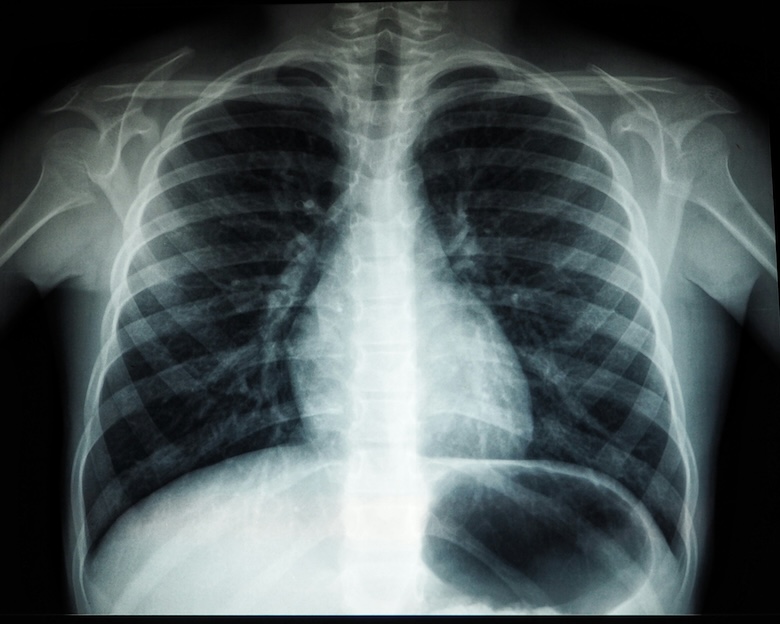
Varieties of Medical Imaging Procedures
Medical imaging is a vital tool in the detection and diagnosis of numerous medical conditions. There are multiple medical imaging procedures frequently utilized in healthcare environments:
-
X-ray: X-rays are swift, non-invasive tests that generate images of structures within the body, predominantly bones. They are instrumental in diagnosing ailments such as bone fractures, arthritis, and infections.
-
CT Scan (Computed Tomography): CT scans employ a sequence of x-rays to construct cross-sections of the body, encompassing bones, blood vessels, and soft tissues. These scans prove beneficial in diagnosing trauma injuries, tumors, and heart disease.
-
MRI (Magnetic Resonance Imaging): MRIs utilize magnetic fields and radio waves to create intricate images of organs and tissues. They are routinely used for diagnosing disorders like aneurysms, tumors, and spinal cord issues.
-
Ultrasound: Ultrasound leverages high-frequency sound waves to generate images of organs and structures inside the body. It is typically used for diagnosing gallbladder disease, joint inflammation, and monitoring pregnancy.
-
PET Scan (Positron Emission Tomography): PET scans deploy radioactive tracers to illustrate how tissues and organs are functioning. They are employed to diagnose conditions such as cancer, heart disease, and Alzheimer’s Disease.
These imaging procedures offer invaluable perspectives into the internal structures of the body and assist in the diagnosis and treatment of various medical conditions.

